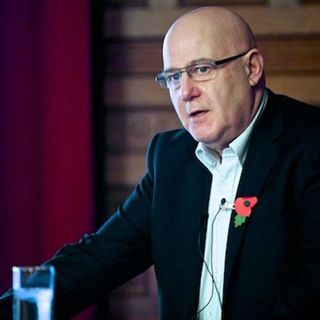Om avsnittet
August 2014 As the centenary of World War One is marked, Bletchley Park looks back at the early intelligence career of one of its lesser-known geniuses. In this extract, recorded at the Codebreaker’s Legacy Talks in November 2013, bestselling author and Bletchley Park Trustee Michael Smith charts the World War One service of John Tiltman, Bletchley Park's Chief Cryptographer, who was awarded the Military Cross fighting in the trenches. After being badly wounded in the Battle of Arras he transferred to military intelligence beginning a brilliant codebreaking career that was to last more than sixty years. Bletchley Park became the World War Two home of the Government Code and Cypher School (GC&CS), which was formed shortly after the allied armistice with Germany in November 1919. GC&CS was the outcome of a merger between the two significant codebreaking and signals intelligence departments of the then recent war: Room 40 or I.D. 25 (part of Naval Intelligence located within the Admiralty) and MI1(b) (a sub-section of Military Intelligence located within the War Office). A number of individuals who played important roles in codebreaking during World War One, went on to perform prominent roles at Bletchley Park during World War Two, such as Alastair Denniston, Dilly Knox, Frank Birch, Oliver Strachey, and Nigel de Grey. The great accomplishments of the GC&CS during World War Two owe a great deal to the first official government codebreaking and signals intelligence departments that were established just after the outbreak of World War One. This story will be explored in an exciting new exhibition due to open in 2015 co-sponsored by BAE Systems Applied Intelligence and Ultra Electronics. Picture: ©shaunarmstrong/mubsta.com #BPark, #Bletchleypark, #WW1centenary
